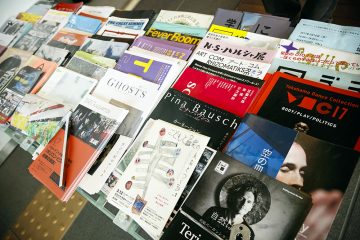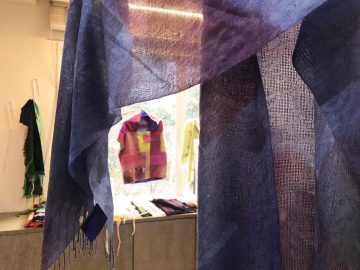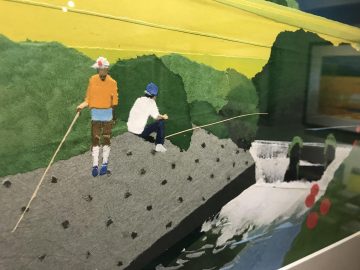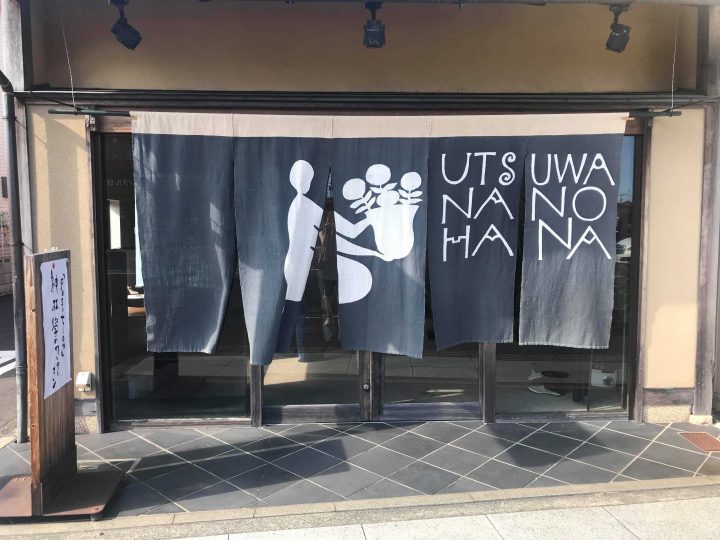A journey of the heart begins amidst a wealth of colors
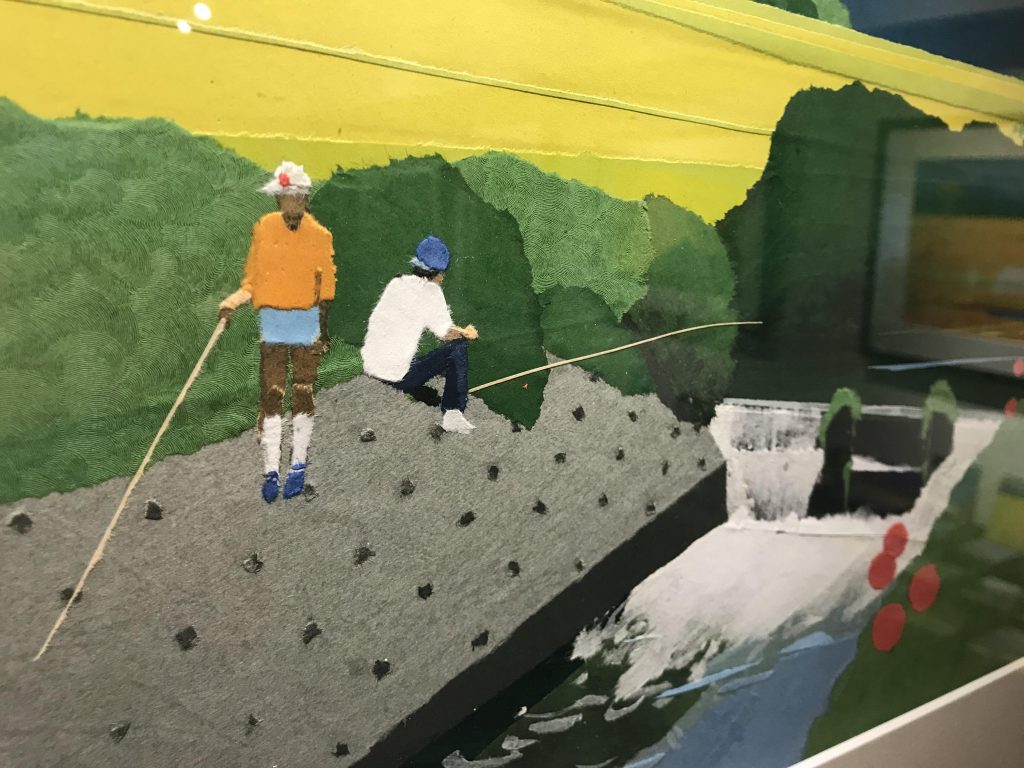
Kanagawa Gallery Walk
File.4 Masayasu Uchida Memorial Art Gallery
( Yamamoto Shino/Gallery Watts)
Last year, when I visited a cafe, I was drawn to the postcards lined up on the counter.
It was a modern landscape painting in vivid colors. Though the depiction was simple, I felt the light, smelled the earth and grass, and could hear the voices of the people, birds, and insects that were not depicted. In an instant, I was enveloped in the atmosphere of the landscape.
I was so moved by the world that was drawn into just a postcard-sized picture that I ended up buying several different cards to take home.
Normally I would have looked up the artist's name at that point, but at the time, it was more important to me to enjoy the pleasant sensation rather than knowing who painted it, so I just left the card propped up on the shelf.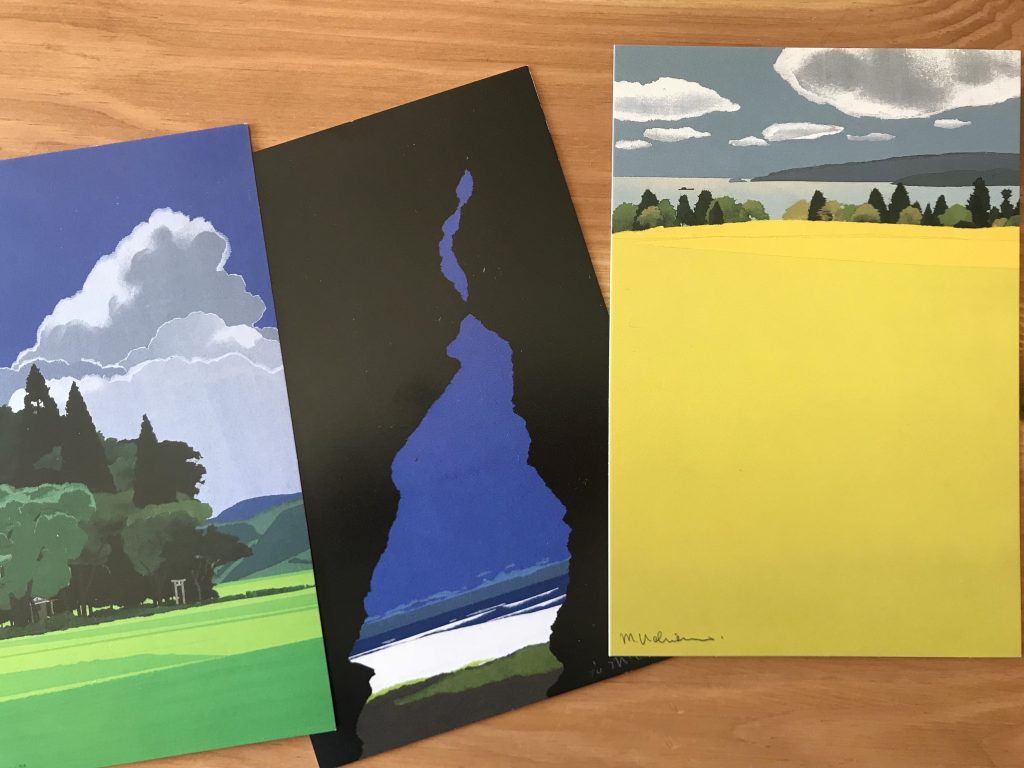
Now, nearly a year later, while I was surfing the internet, this painting happened to catch my eye.
"Huh? This seems similar to the card I have..."
And then, I realized for the first time that the painting was by Masayasu Uchida. Uchida is 96 years old!
I also found out that he has an art gallery in Kamakura and I knew I had to go!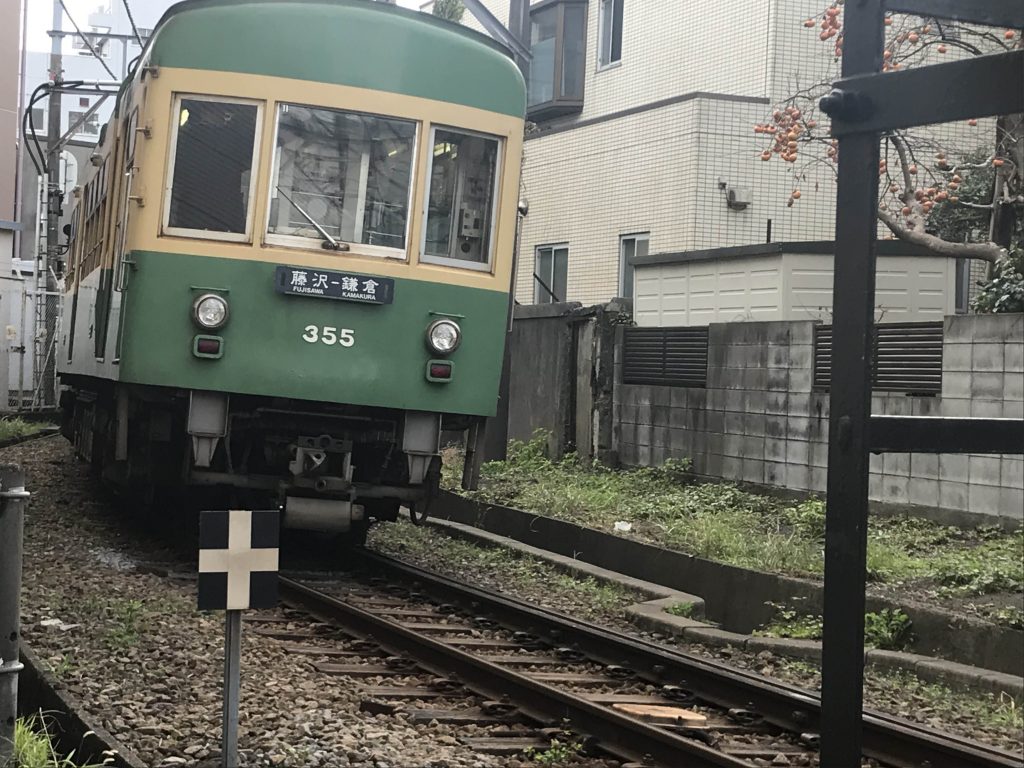
The nearest station to the gallery is Hase Station on the Enoshima Electric Railway. I usually go to Kamakura or Shonan by car, so this was actually my first time riding the Enoshima Electric Railway.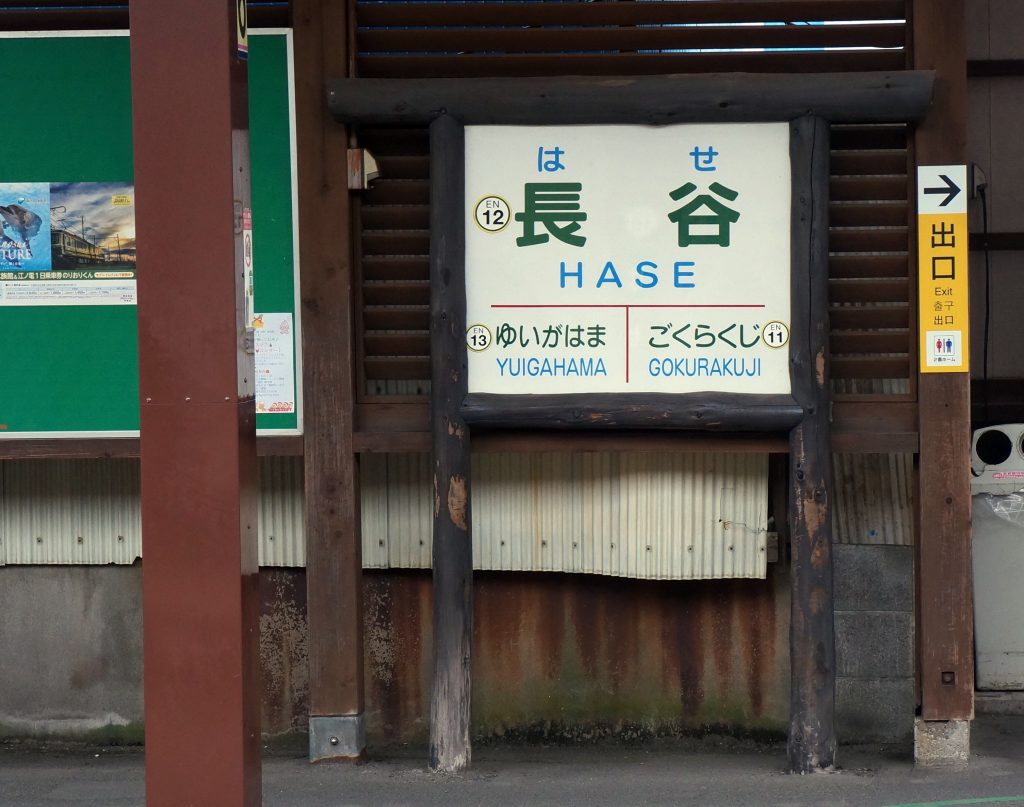 While experiencing the laid-back charm of this local train line with over 100 years of history, I felt both excited and a little nervous thinking about the gallery I was going to visit.
While experiencing the laid-back charm of this local train line with over 100 years of history, I felt both excited and a little nervous thinking about the gallery I was going to visit.
Because it doubles as an atelier, there's a good chance you'll have a chance to meet the teacher.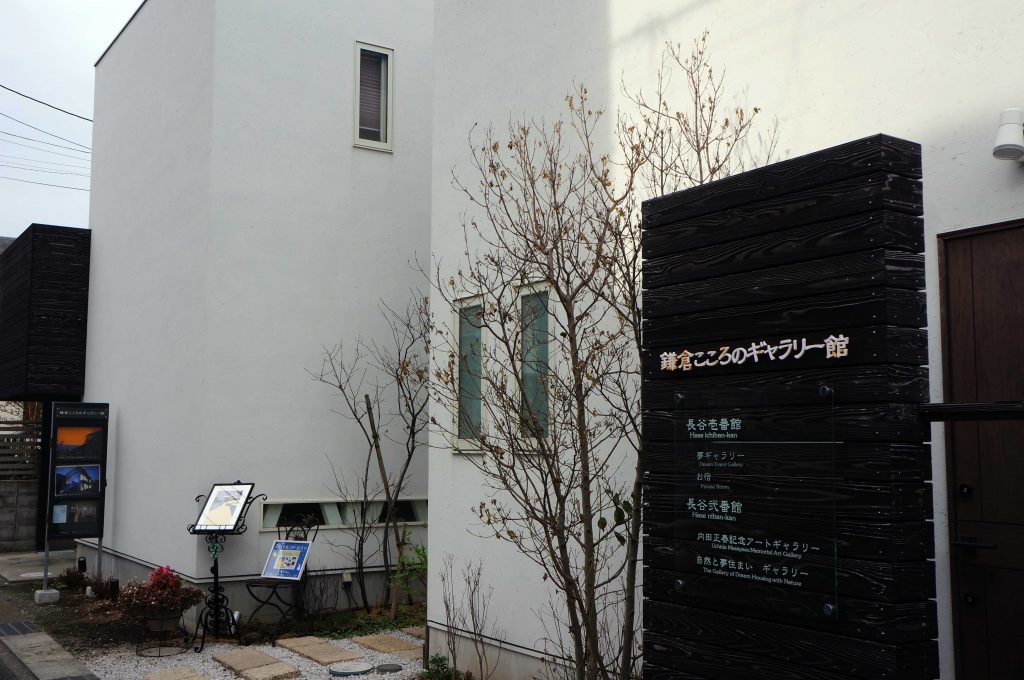
Less than a minute's walk from the station, there is a modern white building with the name "Kamakura Kokoro Gallery." The second building in the corner is the "Masayasu Uchida Memorial Art Gallery."
As soon as you go inside, you'll be struck by the vivid colors. Looking around, you'll see golden ears of rice and striking red spider lilies, which are scenes that perfectly evoke the current autumn climate.
One of the reasons I'm attracted to this work is the bold composition, with more than half of the picture taken up by the sky and rice fields. It's very modern.
I didn't realize it when I saw the postcards, but Uchida-sensei's work is actually collage.
The overlapping colors create a sense of depth and nuances of texture, combined with the painting, which stimulates the viewer's five senses and envelops them in a sensation closer to that of the body.
The gallery was managed by Mr. Uchida's son, Mr. Mitsuru, and his wife, who gave us a detailed explanation. Unfortunately, the teacher was not there.
Collage is made by cutting paper by hand and pasting it with glue, without using scissors, because soft lines create expression. He has over 100 types of Western paper with different tones and thicknesses. The reason he is particular about Western paper is the vividness of the colors. The texture of Japanese paper is appealing, but the teacher is adamant that the faint colors and the fuzzy nuances of the paper when torn are not the expression he is looking for. And so, he established the world of "collage", which is neither a paper cutout nor a paper cutting.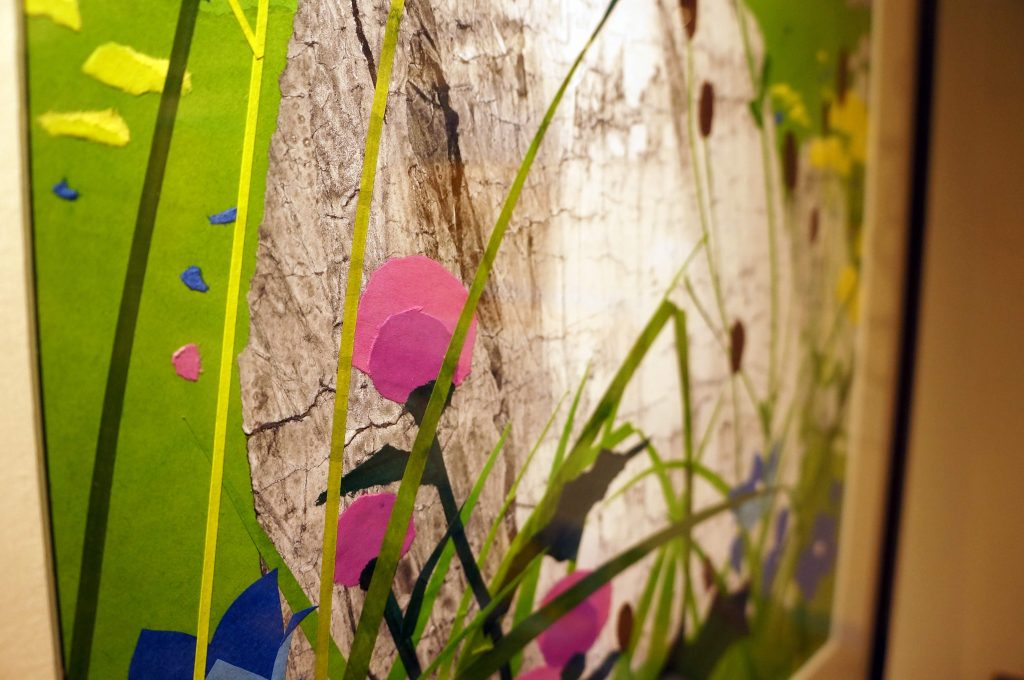 Before pasting, the paper is crumpled and wrinkled, allowing it to absorb ink in certain areas, creating shadows and bringing out the texture of the rocks beautifully. In addition, to create nuances that the paper you have on hand does not have, you can use a brush to add texture before pasting.
Before pasting, the paper is crumpled and wrinkled, allowing it to absorb ink in certain areas, creating shadows and bringing out the texture of the rocks beautifully. In addition, to create nuances that the paper you have on hand does not have, you can use a brush to add texture before pasting.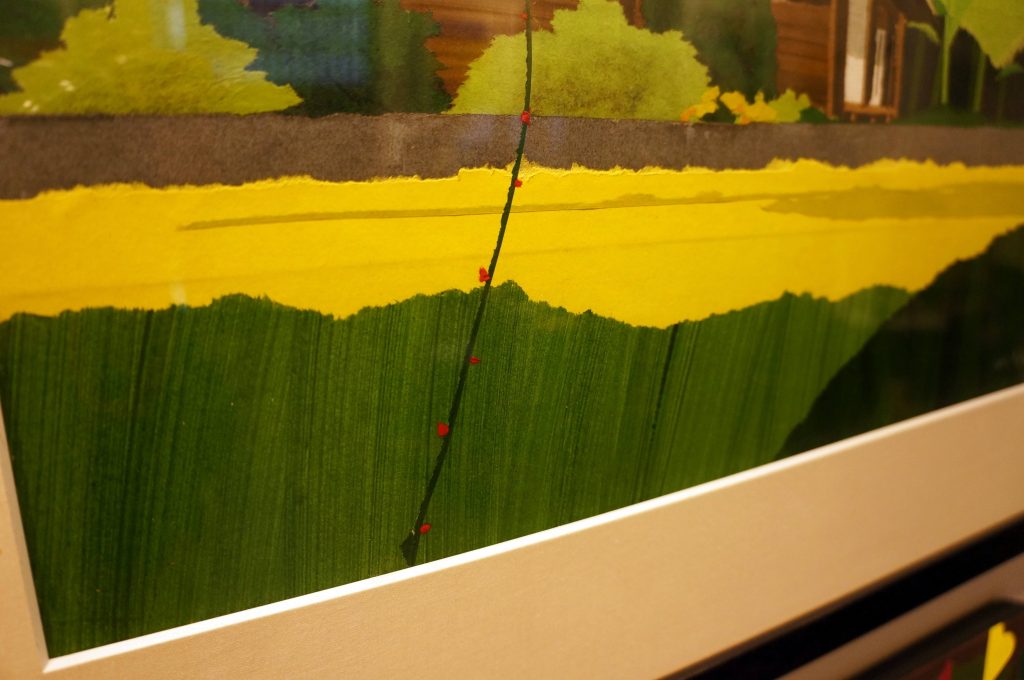
Uchida-sensei's main occupation was as a graphic designer. In his 30s, he was asked by the city of Yokohama where he lived to teach art to the general public at an adult school (now a cultural school). With no budget, he came up with the idea and cut up newspaper to show shapes. It seems that he then went on to pursue the path of expressing traditional Japanese landscapes through collage. In fact, the "Asage" and "Yuuge" flavors of the instant miso soup that we are all familiar with are two of Uchida-sensei's signature works. Wow, I had been exposed to the teacher's art since I was a child!
As I was listening to this story, what a surprise! The professor had just woken up from his afternoon nap and gone downstairs to start working on his project!! He looked very modern and energetic.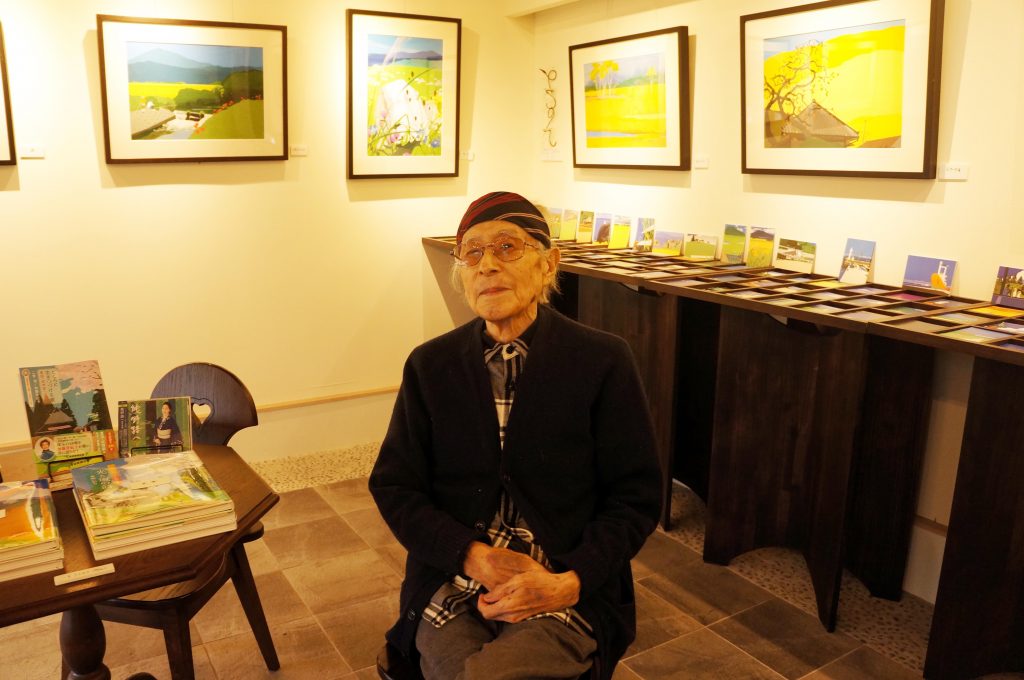
After saying "Welcome," he continued, "We see autumn leaves in Japan and overseas, and everyone is moved by their beauty. But when a single leaf falls, it is the delicate sensibility of the Japanese people that gives birth to words and sounds.
The Earth is one of the debris of the universe, and humans are just one of the microorganisms on it. What do humans feel when they are surrounded by Mother Nature? I have been painting various landscapes for many years, and by depicting those emotions, I continue to convey sensibilities that should never be forgotten to children and future generations."
The teacher continues speaking forcefully.
"For example, when suddenly darkness falls on a huge stage filled with tens of thousands of people, and then one light is finally switched on, everyone bursts into tears. Why is that? What is there in that? What I am depicting are all emotions that are captured through the physical experience."
Then, looking at me intently, he said, "Let's both do our best," and went into his studio.
It's not something as simple as pretty colors or beautiful scenery; it touches the very depths of our roots and awakens our important senses.
The sensations I have captured through some kind of physical experience. I usually forget those memories, but they suddenly come back to me. That was the moment I realized why I was so drawn to the teacher's postcards.
The artist's paintings are both delicate and dynamic, and the viewer never tires of them.
The common thread through all 900 pieces of work is that they are places of the heart. The teacher's collages are overflowing with kindness.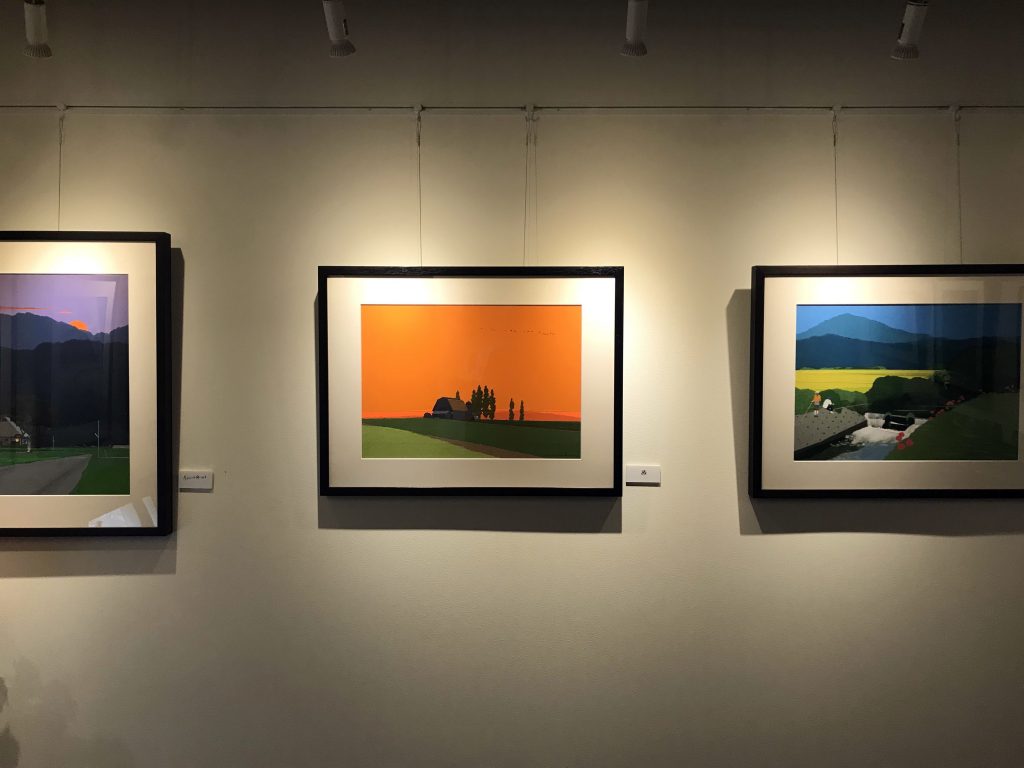 Here, the exhibits are changed about once every two months, respecting the four seasons.
Here, the exhibits are changed about once every two months, respecting the four seasons.
"Even within autumn, early autumn and late autumn are different. There are more than just four seasons," says Hikaru.
Because we are often pressed for time every day, this is a gallery you will want to visit again and again to reaffirm your sense of purpose.
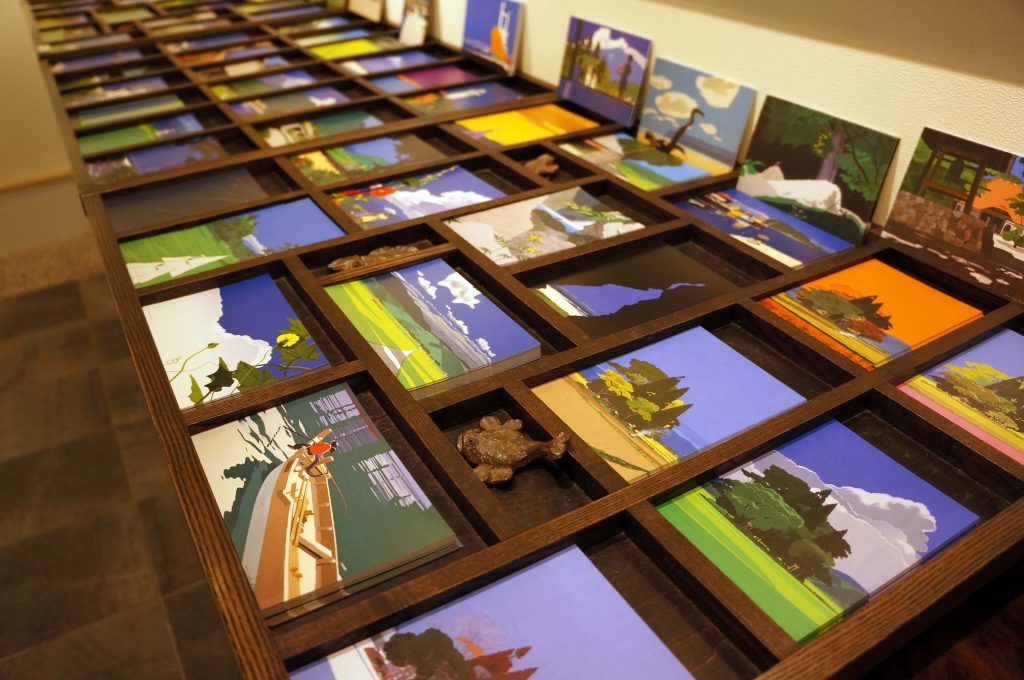
Gallery Information
Masayasu Uchida Memorial Art Gallery
〒248-0016
2-12-17 Hase, Kamakura City, Kanagawa Prefecture
TEL:0467-23-5105
*Opening hours: March to October = 10:00-17:00 / November to February = 10:00-16:00
*Closed on Mondays and the third Tuesday of each month (however, if a Monday falls on a national holiday, the gallery will be open and closed the following day)
"access"
▶︎Get off at Hase Station on the Enoshima Electric Railway. 1 minute walk
